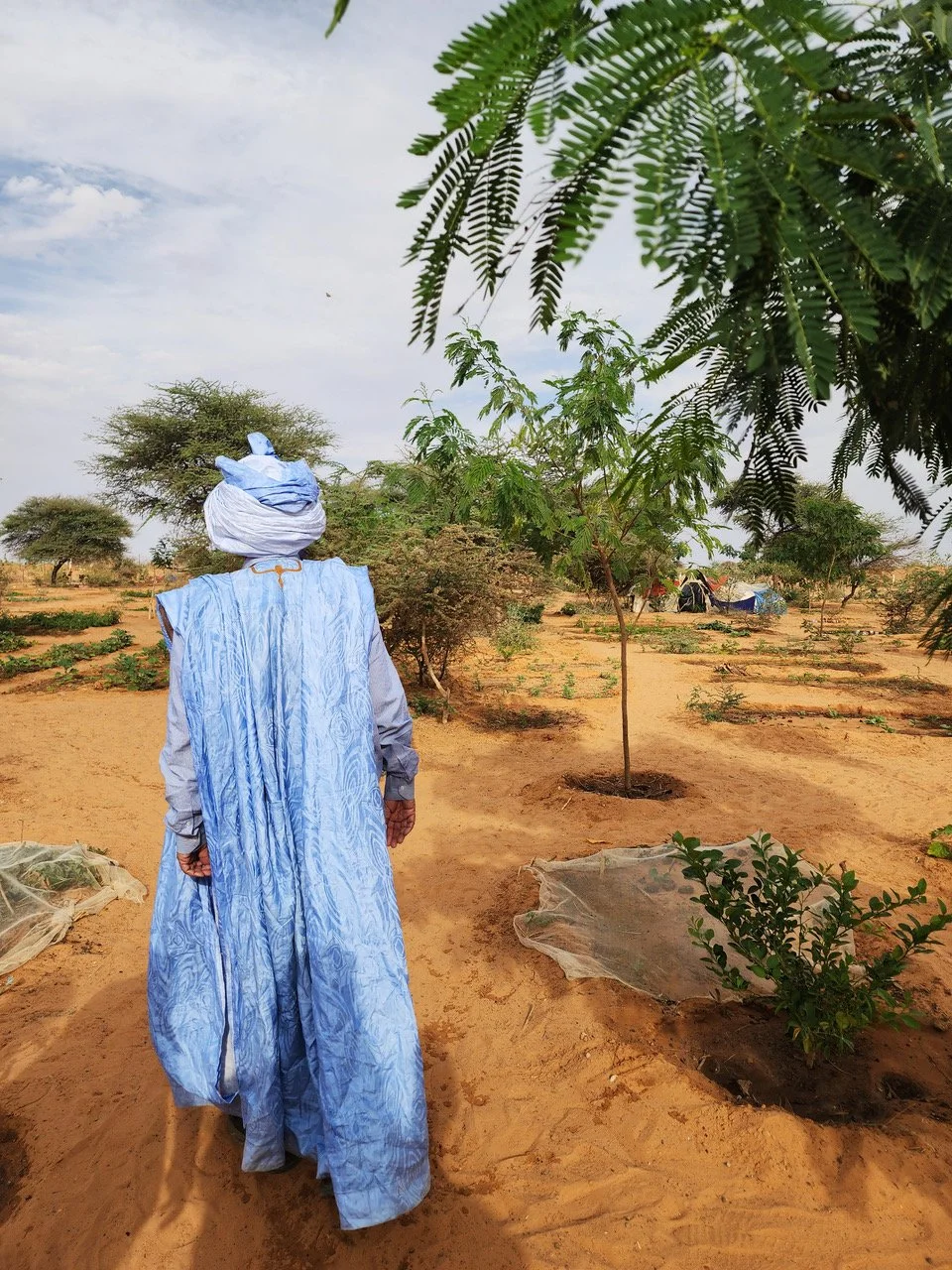Nomadic cultures amidst forced displacement
This is an ongoing project in collaboration with FAST (Foundations for Achieving seamless territory), International Organization of Migration (IOM) and the UN Peace-building Fund.
For more information, visit FAST.
The future of human settlements in regions affected by climate change and conflict is inherently uncertain, requiring adaptable frameworks that can evolve in tandem with shifting environmental, social, and political landscapes. Mauritania is exemplary in this way, in how climate change and conflict intersect. This fluid condition contributes to unprecedented migration patterns but is also forging innovative responses to displacement. The country’s progressive open-border policy, first introduced as a decree by the government of Mauritania in 2005—granting refugees basic rights such as freedom of movement, work, and residence—is gradually transforming parts of the Sahara into a refuge amid escalating environmental scarcity, resource extraction, and multi-scale conflicts.
[…] The travel between Nouakchott and the southeastern borders of Mauritania was both stark and awe-inspiring. It revealed endless stretches of arid desert, scattered oases, and the faint hum of life—resilient communities and ecosystems adapted to this extreme environment. It struck us how Mauritania remains, at its core, a fundamentally nomadic, pastoralist country. This vast, water-scarce terrain—dominated by expansive deserts and rugged plateaus—demands land use and spatial organization radically different from the models typically developed in Western urban planning or taught in architectural schools. Here, land is not conceived as fixed or bounded parcels to be urbanized in conventional ways. Instead, it is a living, dynamic system anchored in seasonal movement, shared grazing rights, and communal resource management. These traditional practices, embedded in indigenous knowledge, continue to sustain communities and ecosystems in environments where resilience depends on mobility and ecological balance and capacity to support different forms of lives and livelihood. Designing in such environments therefore requires a fundamental rethinking of space—prioritizing flexibility, decentralization, and resource sharing over sedentarization and fixed infrastructure.
Plantation activities carried out by the residents of the Mbera camp, Mauritania. Photo FAST, 2025
“When culture and crisis come together, the nomadic traces not only the history of habitat, but also of thought.”
Mbera, Mauritania. Photo: FAST, 2025.

